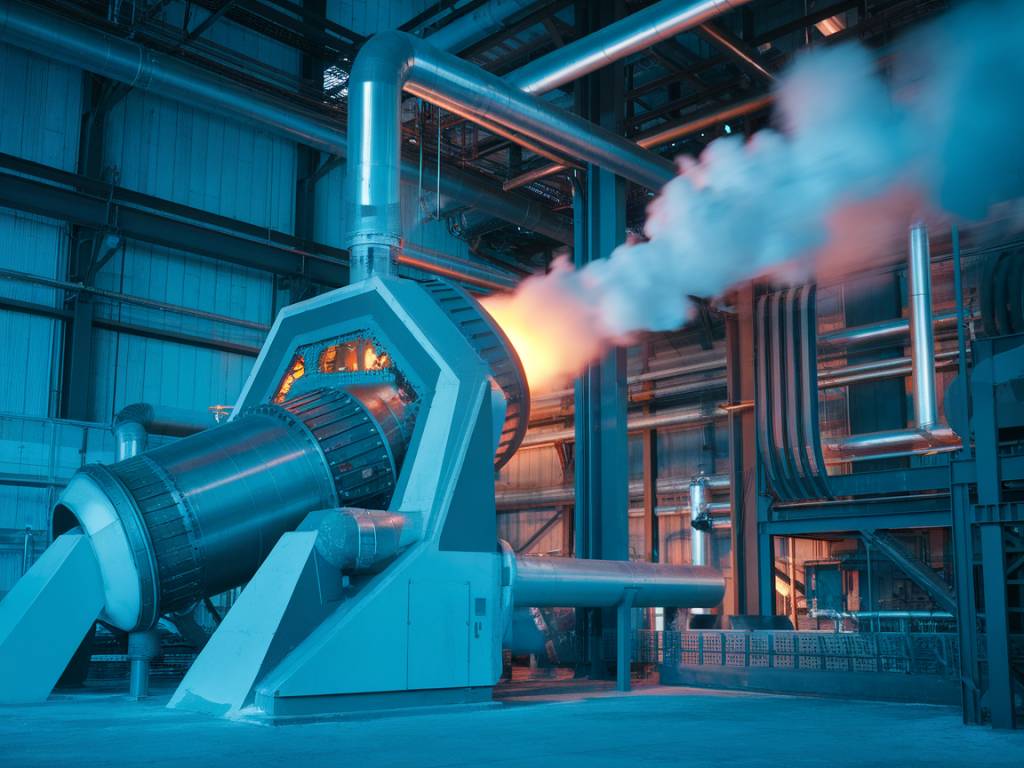What is Carbon Capture and How Does it Work?
Carbon capture, also known as carbon capture and storage (CCS), is a technological solution aimed at reducing greenhouse gas emissions by capturing carbon dioxide (CO2) at its source and storing it away to prevent it from entering the atmosphere. This process is often applied to emissions from industrial facilities, such as power plants, cement factories, or petrochemical refineries.
The captured CO2 is either stored in geological formations, such as deep underground rock formations, or is reused in other processes. Some companies are even using captured CO2 to create products like synthetic fuels, concrete, or even carbonated beverages. Sounds innovative, right? But is it enough to curb our climate crisis?
The Different Types of Carbon Capture Technologies
To better evaluate if carbon capture can save the planet, let’s look at the main types of technologies currently in use:
- Post-Combustion Capture: This method captures CO2 after fossil fuels are burned, separating emissions from the flue gas emitted by factories or power plants. It’s like catching the thief after the heist.
- Pre-Combustion Capture: As the name suggests, this captures CO2 before fossil fuels are burned, often by treating the fuel with steam and separating the carbon dioxide from hydrogen.
- Direct Air Capture (DAC): This technology pulls CO2 directly from the ambient air using chemical filters. It’s futuristic, but costly and energy-intensive for now.
Each of these technologies has its strengths and challenges, and their application depends on the industry and specific emission sources.
The Promise of Carbon Capture: A Green Savior or False Hope?
At first glance, carbon capture seems like a dream solution. It promises to allow us to keep critical industries running while drastically reducing their carbon footprint. This is particularly appealing for sectors like steel, cement, and heavy transport, where decarbonization is notoriously difficult.
Moreover, proponents argue that carbon capture could buy us crucial time to transition to a more renewable-based economy. With targets like limiting global warming to below 1.5°C, we need every tool in our arsenal, and CCS does address emissions right where they occur.
However, some critics aren’t convinced. CCS is resource-intensive, requiring significant energy to operate. In some cases, the added energy demand results in increased fossil fuel use, creating a paradoxical cycle.
Another challenge is cost. Capturing, transporting, and storing CO2 requires substantial financial investments, and the scale needed to make a global impact is monumental. This raises the question: Could this money be more effectively spent on renewable energy infrastructure or reforestation projects?
Examples of Carbon Capture Projects in Action
Let’s take a look at some notable examples of CCS initiatives already in place:
- Sleipner Carbon Capture Project (Norway): Operating since 1996, this project stores approximately 1 million tons of CO2 annually beneath the North Sea. It’s often cited as a pioneer in CCS technology.
- Boundary Dam (Canada): The world’s first commercial-scale coal-fired power plant with CCS technology, Boundary Dam demonstrates the feasibility of retrofitting existing facilities, capturing around 1 million tons of CO2 annually.
- Climeworks (Switzerland): A leader in Direct Air Capture, Climeworks uses modular systems to pull CO2 from the air and store it underground or reuse it in other industries.
These projects highlight not only the potential of CCS but also the variety of approaches that can be adapted to specific contexts.
Challenges in Scaling Carbon Capture
While CCS sounds promising in principle, scaling it up to significantly reduce global emissions poses challenges. According to the International Energy Agency (IEA), current CCS facilities capture around 40 million tons of CO2 annually, a small fraction of the over 33 billion tons emitted worldwide each year.
Another obstacle is public perception. Many view CCS as a “band-aid” solution that enables continued reliance on fossil fuels, rather than addressing the root cause of emissions. There’s skepticism about whether investing in CCS aligns with long-term climate goals or distracts from systemic energy transformation.
Furthermore, the risk of leakage from CO2 storage sites, though low, raises valid concerns. After all, even small-scale leaks could undo decades of progress.
Is Carbon Capture a Part of the Solution?
So, can carbon capture really save the planet? The honest answer might be: partially. CCS on its own isn’t a silver bullet, but it could be a significant piece of the puzzle.
To align with global climate goals, CCS needs to complement other strategies such as expanding renewable energy, improving energy efficiency, electrifying transport, and restoring natural carbon sinks like forests and wetlands. Think of it as one tool in a toolkit, rather than the ultimate fix.
Critically, the effectiveness of carbon capture depends on how it’s integrated into broader climate strategies. Policymakers, industries, and investors need to work together to ensure that CCS technologies are implemented responsibly, transparently, and effectively.
The Role of Individuals in Supporting Carbon Capture
As individuals, you might not have control over whether a factory installs CCS or not, but you can still play an active role. Support companies that invest in sustainable technologies, advocate for policies promoting responsible emissions reductions, and educate yourself about the complexities of climate solutions. And hey, why not share this blog post with your network? The more informed we are, the more impactful our collective action will be.
Ultimately, carbon capture should be viewed as a bridge — one part of a multi-faceted journey toward a greener, cleaner world. The planet’s future depends, as always, on innovation, investment, and our ability to create sustainable systems together.






More Stories
How wearable tech is promoting energy-conscious lifestyles
The intersection of blockchain and renewable energy markets
Circular economy and wastewater reuse: a winning combination